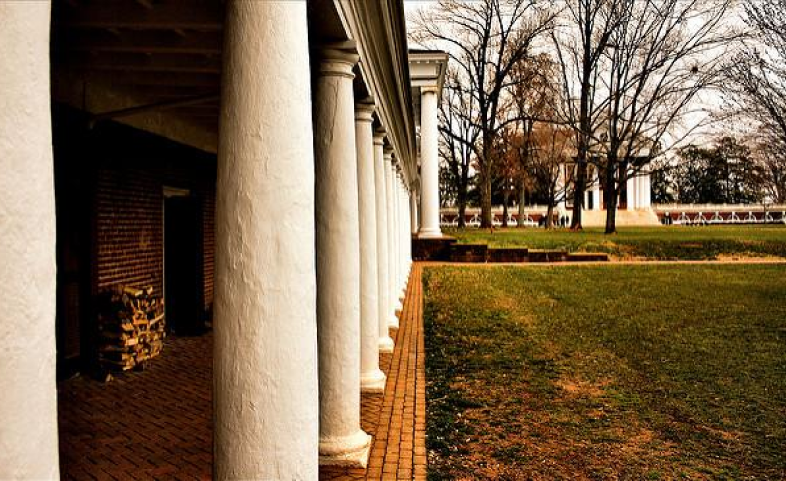
Writing About Title IX and Campus Sexual Assault? Start Here.
Photo credit: Flickr/Phil Roeder

Photo credit: Flickr/Phil Roeder
Covering alleged incidents of sexual assault is a difficult assignment for any journalist. Education reporters have to deal with the added complication of Title IX, the 39-page federal law that addresses sexual discrimination in education.
Making things even more fraught: partisan political battles increasingly affect the enforcement and rules governing the law. One of President Joe Biden’s earliest educational policy moves was to launch a reevaluation of the Trump administration’s Title IX rules, which in turn were a response to an Obama administration overhaul.
Education reporters working on stories about sexual discrimination or assault should be cognizant of the ugly history of shoddy investigations and deceit surrounding previous incidents, such as the University of Virginia hoax published by Rolling Stone, and the many cases in which women’s allegations have been ignored .
And as with every politically charged issue, reporters should be aware of disputes over data. Some surveys by respected organizations, including the Association of American Universities and the federal Bureau of Justice Statistics find, for example, that rape is prevalent on campus. (The AAU study found 26% of female undergraduates experienced some sort of sexual “misconduct” in 2019, for instance.) But another federal data set found that college campuses are, statistically, safer for women than the rest of the country.
So if you’re working on a story about Title IX or sexual assaults on campus, here are some trustworthy resources recommended by veteran education journalists:
The Biden Administration announced in June 2021 that it would interpret Title IX as extending legal protections to transgender students.
The Trump administration published new regulations in May of 2020. For good summaries, check out this Brookings Institution useful history or the New Yorker’s deep dive.
The Obama administration’s Title IX policy was published in a 2011 “Dear Colleague” letter. (If you don’t have time to read the entire 19-page letter, check out explainers by the Chronicle of Higher Education or Inside Higher Ed .)
The National Association of College and University Attorneys published a white paper on sexual assault investigations in 2017.
The American Association of University Professors published a critique: “The History, Uses, and Abuses of Title IX ” and tends to post opinions on various proposals on its website.
The Foundation for Individual Rights in Education has published analyses of “due process” rules used by 53 of the nation’s top colleges, such as whether those accused of assault are given the presumption of innocence by college investigators and adjudicators.
Inside Higher Ed editor Scott Jaschik urges reporters to remember that Title IX is a federal law, and that many states have additional laws addressing similar issues. Changes to federal law won’t change the rules governing campus sexual assaults in states such California or New York, he notes. So you’ll want to check with someone familiar with your state laws.
Note: This post was originally published 9/7/17. It was updated 6/24/21.
Your post will be on the website shortly.
We will get back to you shortly